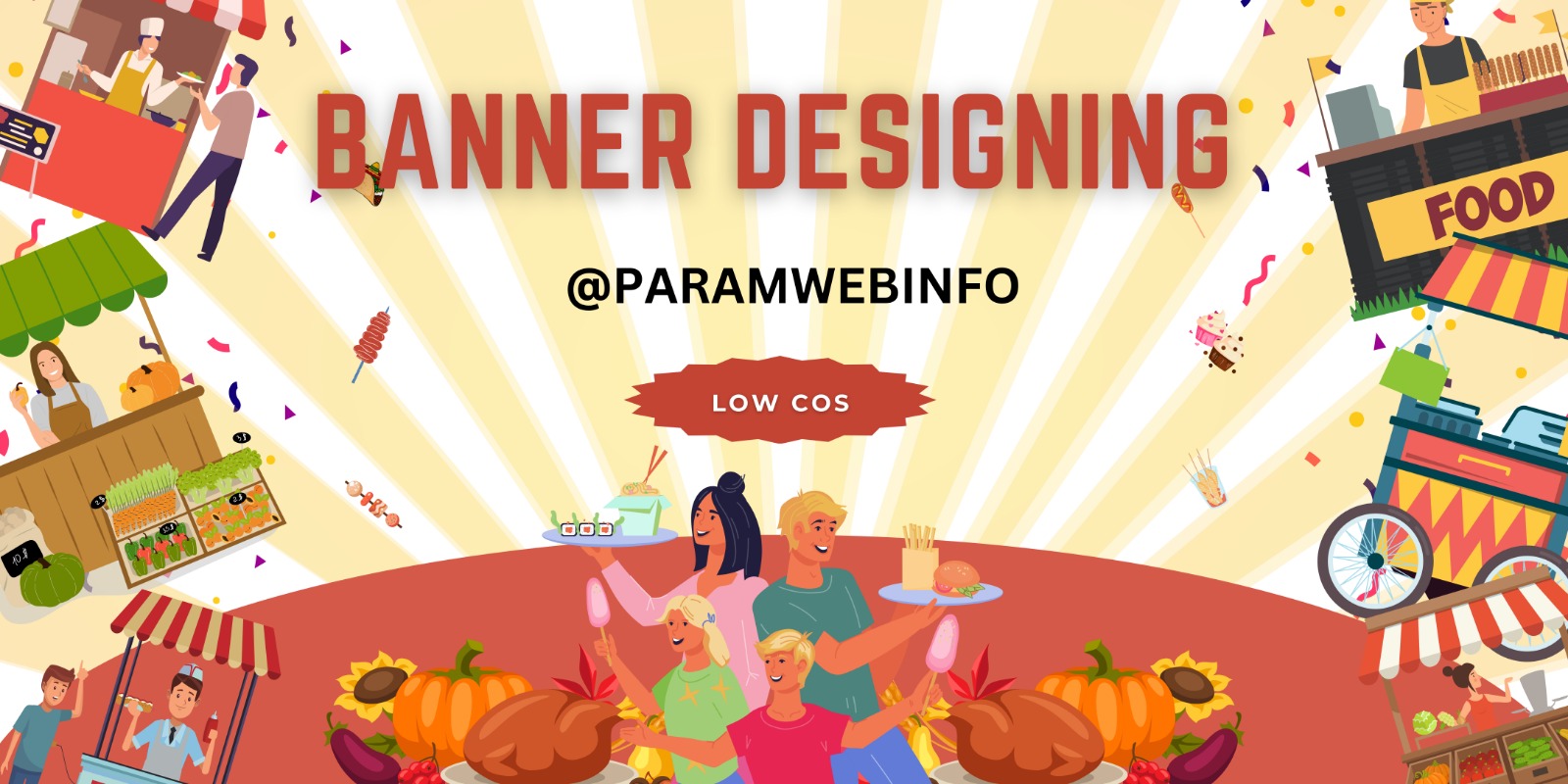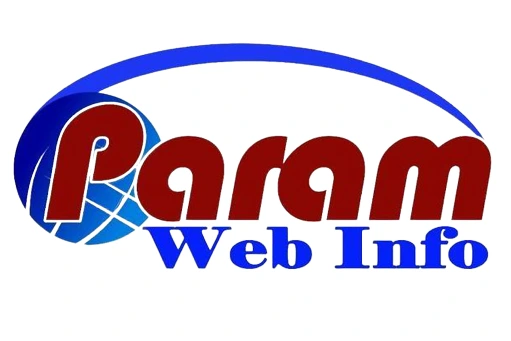
In an interactive environment, people who see your banners can make a quick, no-obligation visit to your web site or learn more about your business with just a click. Between 7% and 12% of the total time Internet users spend on Web pages is spent viewing ads. High-quality advertising banners are very important for the successful promotion of your website. To make a your banner design effective there are many steps to be considered like banner size, color use, length of slogan, correct animation and all this need a professional banner designers touch.
We are a banner design company based in India and we can create animated, flash and static banners common Internet advertising standards for sizes and dimensions according to your company needs. We try to understand your business requirement first and prepare a banner design that is business centric, generating more traffic and ultimately incentive you beyond your prospect.
More Features About The Banner Design
Designing an effective banner involves several key features that can enhance its appeal and effectiveness.Here are the main features to consider when designing a banner:
-
Clear Objective
- Purpose : Define the purpose of the banner, whether it’s to promote a sale, announce an event, or increase brand awareness.
- Call to Action(CTA) : Include a clear and compelling CTA, such as "Shop Now," "Learn More," or "Register Today."
-
Visually Appealing Design
- High-Quality Images : Define the purpose of the banner, whether it’s to promote a sale, announce an event, or increase brand awareness.
- Color Scheme : Choose a color scheme that aligns with your brand and evokes the desired emotional response.
- Typography : Use clear, readable fonts that stand out against the background and are consistent with your brand’s style.
-
Effective Use of Space
- Simplicity : Keep the design simple and uncluttered, avoiding excessive text and images.
- Hierarchy : Keep the design simple and uncluttered, avoiding excessive text and images.
-
Brand Consistency
- Logo Placement : Include your logo prominently to reinforce brand identity.
- Brand Colors and Fonts : Use your brand’s colors and fonts to maintain consistency across all marketing materials.
-
Engaging Content
- Compelling Headlines : Write a strong, attention-grabbing headline that conveys the main message succinctly.
- Concise Text : Keep the text brief and to the point, focusing on key information and benefits.
-
Responsive Design
- Mobile Optimization : Ensure the banner is optimized for various devices, especially mobile phones, where space is limited.
- Scalability : Design the banner in a way that it can be scaled to different sizes without losing quality or readability.
-
Interactive Elements
- Animations : Consider adding subtle animations to draw attention without being distracting.
- Clickable Areas : Make sure clickable elements like buttons are easily identifiable and functional.
-
A/B Testing
- Multiple Variations : Consider adding subtle animations to draw attention without being distracting.
- Performance Metrics : Use analytics to track the performance of each version and optimize accordingly.
-
Accessibility
- Contrast : Ensure there is sufficient contrast between text and background for readability.
- Alt Text : Add alt text for images to improve accessibility for users with visual impairments.
-
Technical specifications
- File Format : Use appropriate file formats (e.g., JPEG, PNG, GIF) for different platforms and ensure fast loading times.
- Dimensions : Adhere to the recommended dimensions for the platform where the banner will be displayed (e.g., 1200x628 pixels for Facebook ads).
Tools For Banner Design
- Adobe Photoshop : For detailed and professional design work.
- Canva : User-friendly tool with templates and drag-and-drop features suitable for beginners
- Figma : Great for collaborative design work and creating scalable vector graphics.
- Adobe Illustrator : Ideal for creating vector-based designs that need to be resized without losing quality.
- Crello : Another easy-to-use tool with various templates and customization options.
Example: Designing a Banner for a Summer Sale
Step-by-Step Process:
- Define the Purpose: Promote a 50% off summer sale.
- Choose the Size: Determine the banner dimensions based on where it will be displayed (e.g., website homepage, social media ad).
- Select a Template: Use a tool like Canva to select a summer-themed template.
- Add Images: Insert high-quality images of summer products.
- Write a Headline: “Summer Sale! Up to 50% Off”.
- Add CTA: “Shop Now” button prominently displayed”.
- Incorporate Branding: Include the company logo and use brand colors.
- Optimize for Mobile: Ensure the design looks good on mobile devices.
- Test and Refine: Create a few variations and use A/B testing to determine the best-performing design.
By focusing on these features, you can create effective banners that capture attention, communicate your message clearly, and drive the desired action from your audience.
